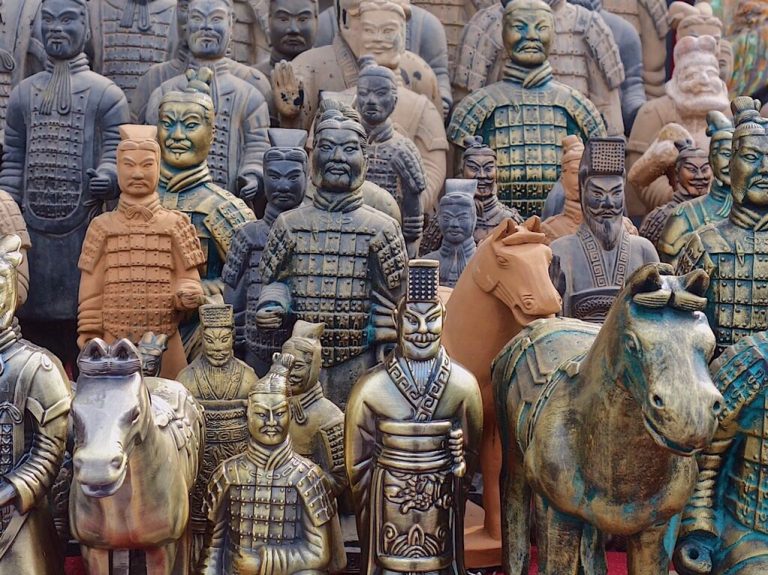The Terracotta Warriors museum, the most significant archeological excavations of the 20th century and a UNESCO World Heritage Site, is a massive collection of life-size terracotta sculptures depicting the armies of Qin Shi Huang, the first Emperor of China. They were buried with him around 210 BC as a form of protection in the afterlife. The terracotta army was discovered by local farmers who were digging a well in 1974.
For the trip to Terracotta Warriors museum was pretty straight forward and hassle-free. We went out from our hostel in the morning and straight ahead to Xi’an Railway Station, where there are many buses leaving regularly to the Terracotta Warrior museum and other landmark as well! A one-way ticket costs 7 RMB to the Terracotta Warriors museum. Just get on and sit down, then a conductor will come and give you a ticket. Also, there are free shuttle buses between Xian North Railway Station and Terracotta Warriors.
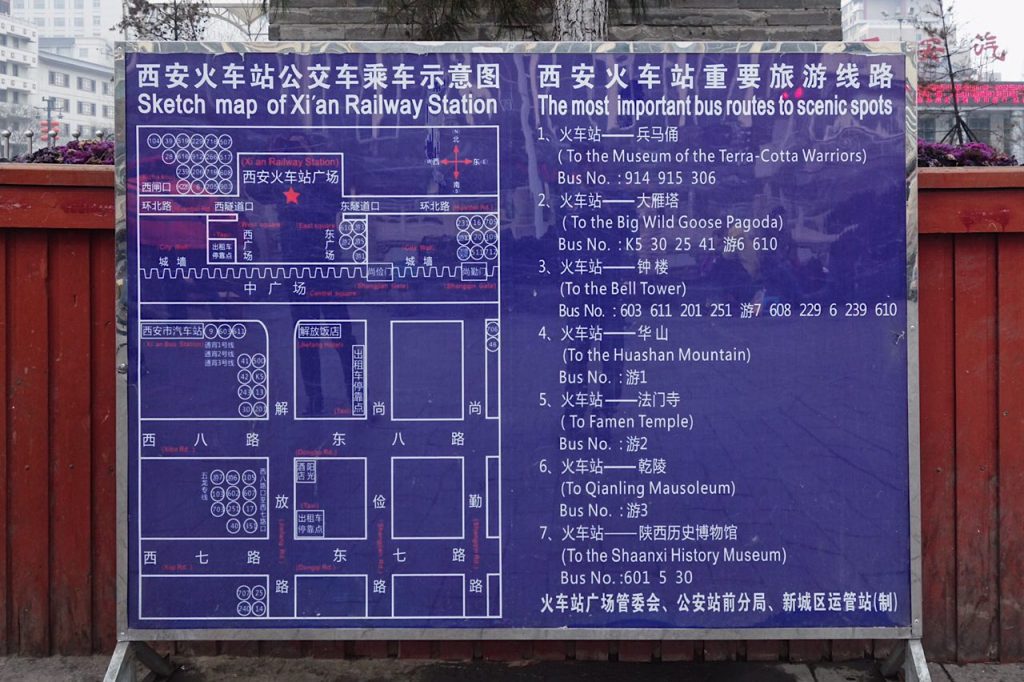
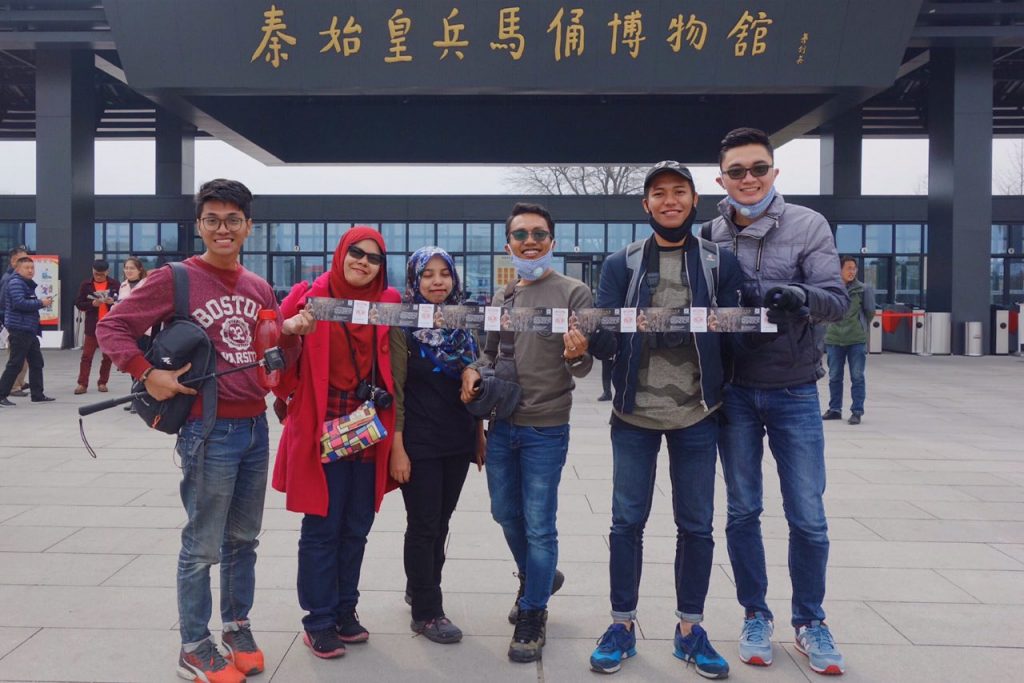
There are 3 main pits associated with the terracotta army. I would suggest visit the sites in reverse, which enables you to build up to the most impressive pit for a fitting finale. Start at the museum, enter Pit 3 and Pit 2 and then save the best for last. That way you will know all about the story and what you are looking at.
Pit 3 – The Smallest Pit
Start with the smallest pit, Pit 3, containing 72 warriors and horses; it is believed to be the army headquarters due to the number of high-ranking officers unearthed here.
Headquarter group of the whole underground army
Pit 2 – The Exhibition Hall
In the next pit, Pit 2, containing around 1300 warriors and horses, you can examine five of the soldiers up close: a kneeling archer, a standing archer, a cavalryman and his horse, a mid-ranking officer and a general. The level of detail is extraordinary: the expressions, hairstyles, armour and even the tread on the footwear are all unique.
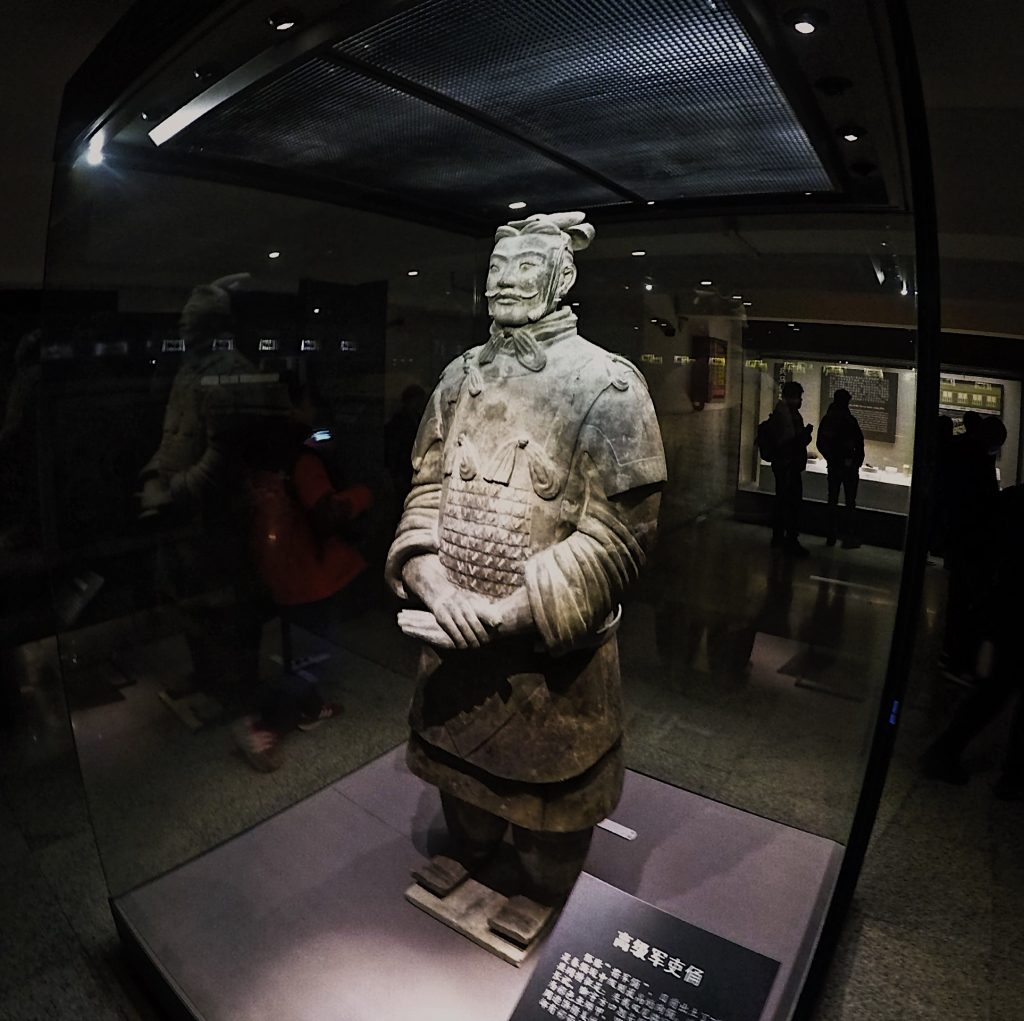
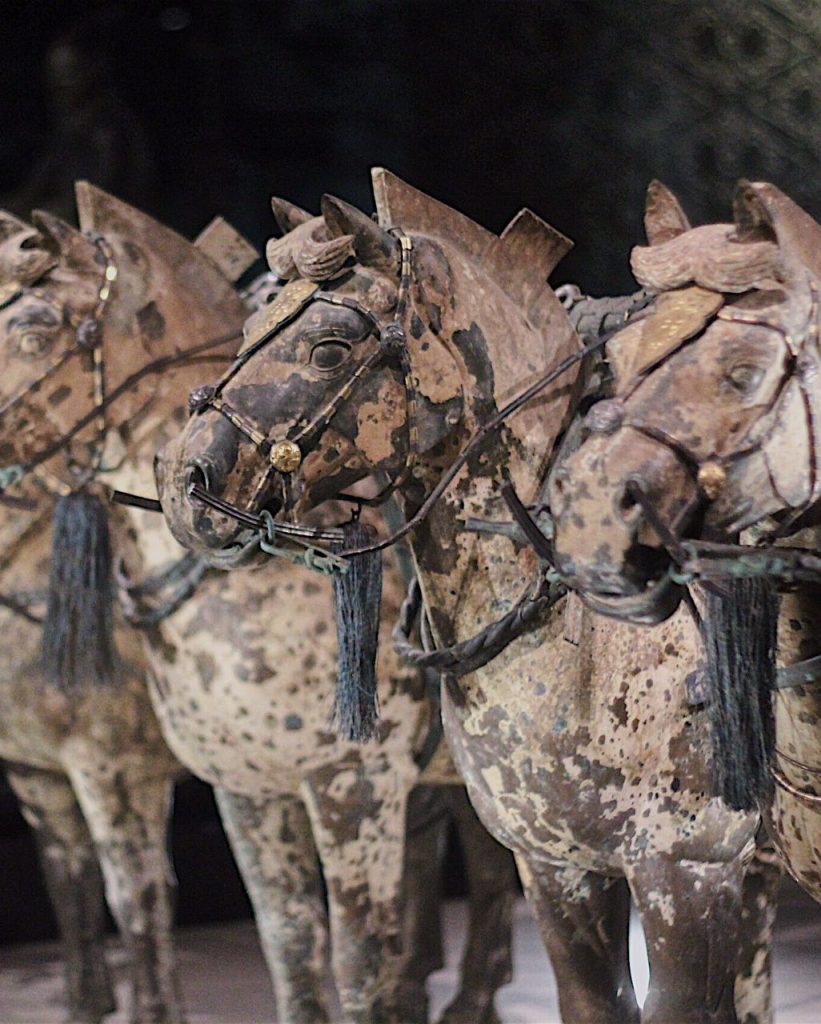
Pit 1 – The Largest Pit
The largest pit, Pit 1, placed in a building the size of an aircraft hangar. It is believed to contain 6000 warriors (only 2000 are on display) and horses, all ready in a battle formation. The vanguard of three rows of archers (both crossbow and longbow) is followed by the main force of soldiers, who originally held spears, swords, dagger-axes and other long-shaft weapons. The infantry were accompanied by 35 chariots, though these, made of wood, have long since disintegrated.
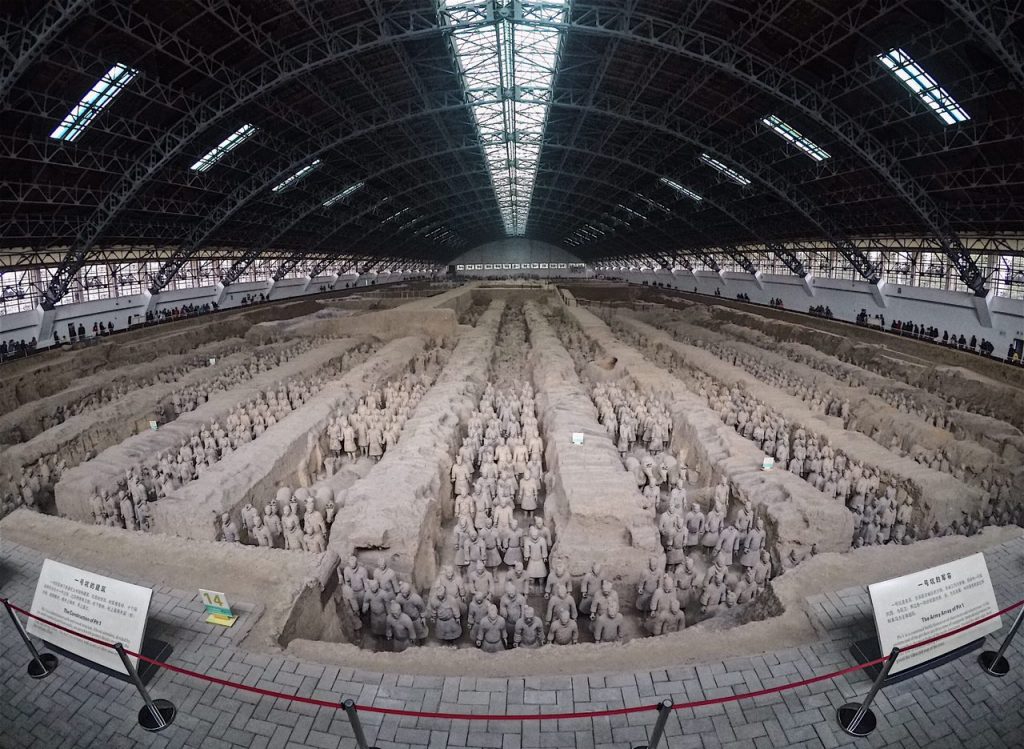
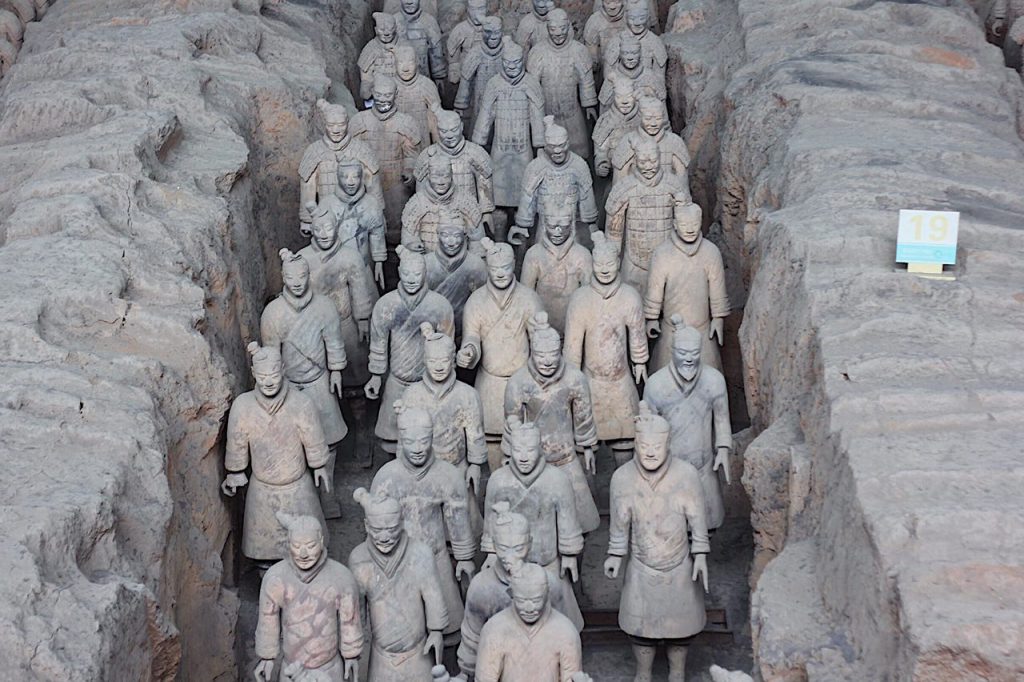
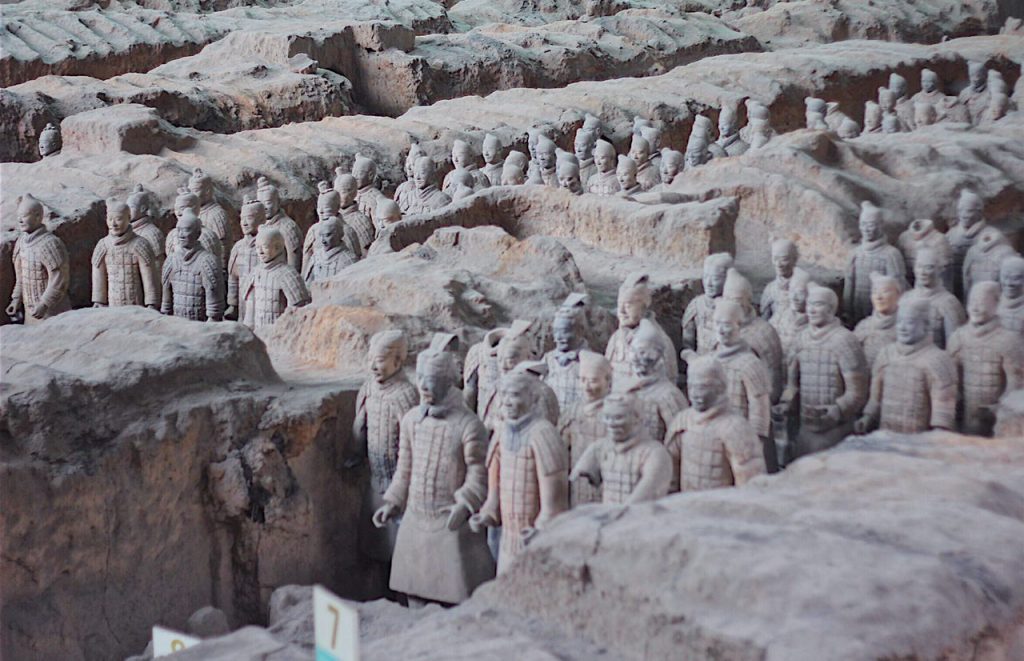
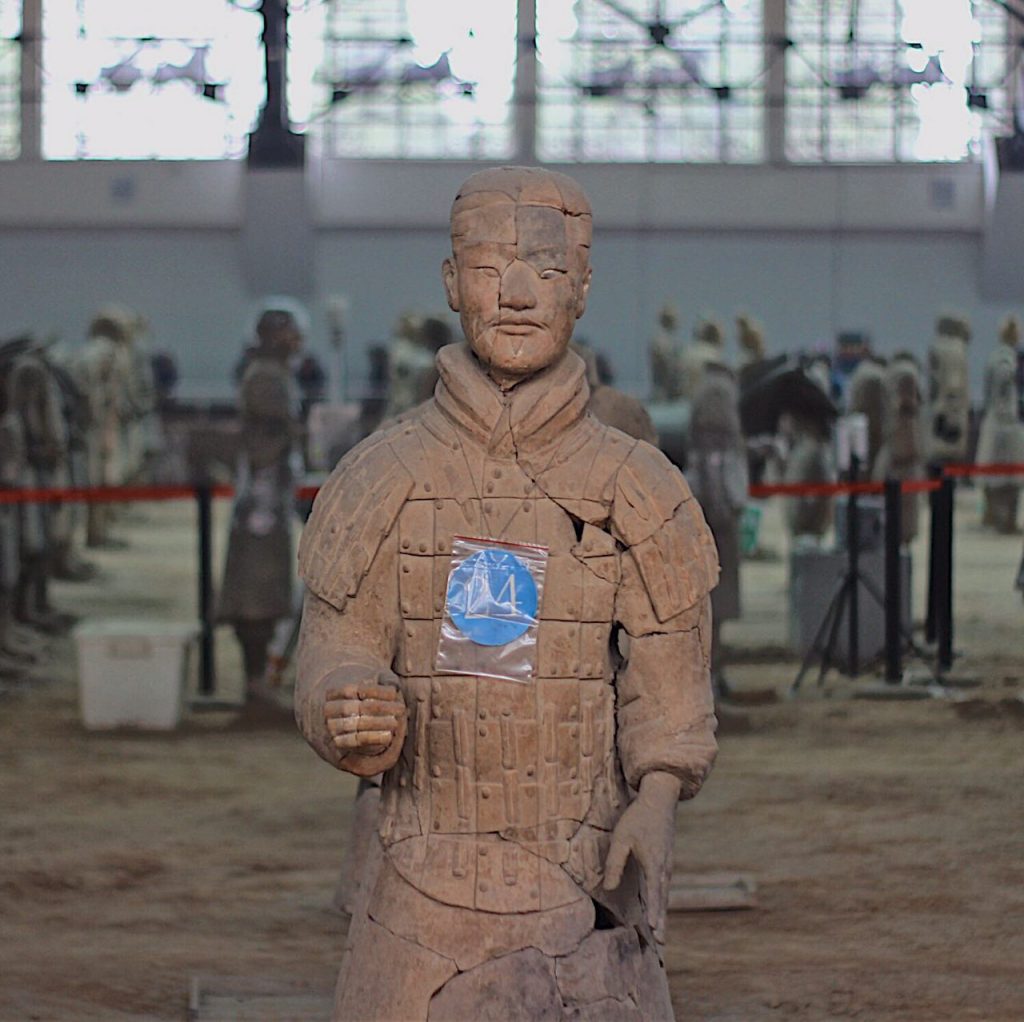
Total Damage
Tourist Bus between Xi’an Train Station and Terracotta Warrior museum
- 7RMB – 8RMB per single trip
Entrance Fee
- Between 1st March to 30th November is 150RMB.
- Between 1st December to end of February: 120RMB.
- 75RMB for students with Chinese student card
![]()
